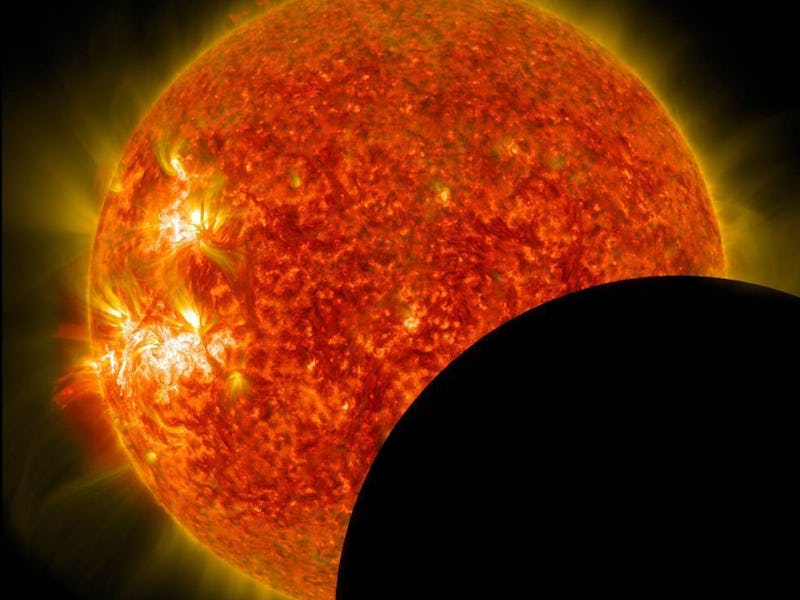When Is the Next Total Solar Eclipse?
The ‘Great North American Eclipse’ will occur on April 8, 2024.

A total solar eclipse will slash across a thin 70-mile band of the entire United States on August 21, 2017, giving countless Americans a good shot at experiencing this cosmic spectacle. The next one won’t cross into the U.S. until 2024, when a path of darkness will travel across Mexico, the United States, and Canada during the “Great North American Eclipse.”
Unlike the eclipse in August 2017, however, the 2024 eclipse won’t pass across the whole country (11 states in all), but from Texas through Maine, which is still a pretty good run.
After that, a total solar eclipse won’t pass through the United States until 2033, when an eclipse will just graze the top of Alaska. But the continental United States won’t be gifted with another bona-fide cross-country eclipse until August 12, 2045, which will pass from California through Florida.
The 21st century, in eclipses.
That’s what makes the August 21 eclipse especially rare: It’s occurring over a giant swath of American land, from Oregon to South Carolina. Many eclipses don’t pass over much land at all, as Earth’s surface is 70 percent ocean, so the probabilities are simply smaller.
Generally, total solar eclipses — when the moon completely passes in front of the sun (typically for a matter of minutes) — are rare events. There are about two that occur on Earth every three years, according to NASA.
No matter where you’re standing on August 21, some sort of eclipse will be visible, but it’s only when you’re standing in the thin path of totality that you’ll experience the total obstruction of the sun, as opposed to just a partial obstruction (or partial eclipse). For that reason, wherever you are you’ll probably want to observe the cosmic event above, and Inverse details how to do that safely with solar shades here.